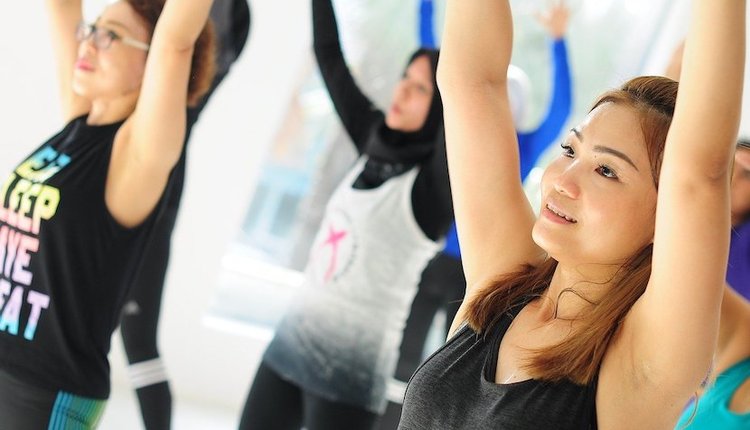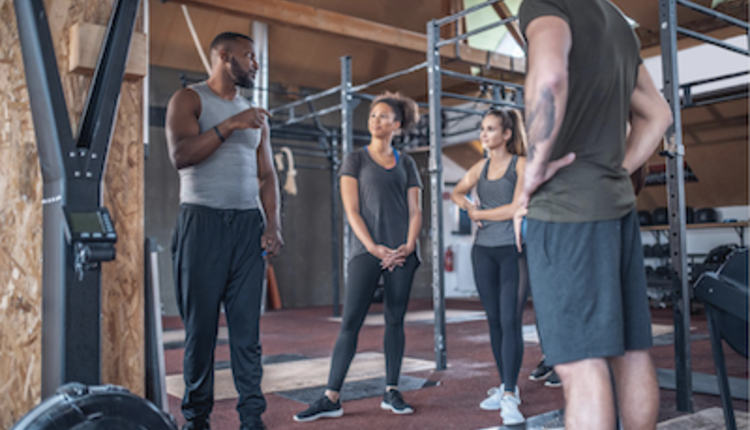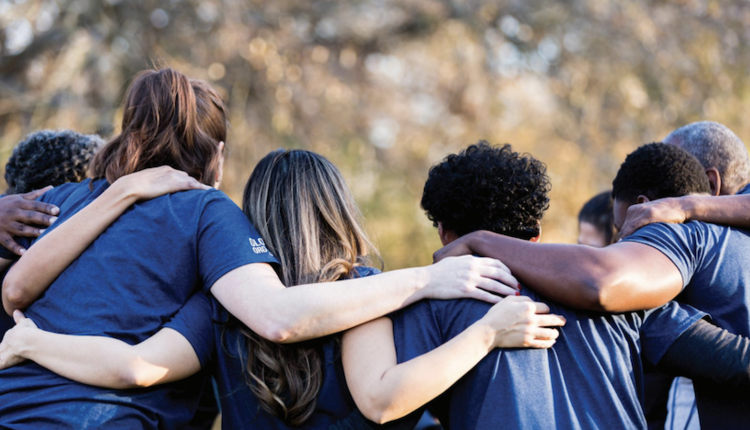
In the age of social media, the fitness industry has witnessed a surge in both fitness professionals and fitness influencers viewings for attention and recognition. These two groups may seem similar at first glance; however, let’s take a deeper dive into the differences in their expertise, intentions and the impact they have on the fitness industry. I hope to shed some light on the contrasting attributes of fitness professionals and fitness influencers.
As fitness professionals, we do our best to lead with research and best practices to help our clients on a daily basis. During the pandemic, we saw an influx of workouts posted by influencers on social media. Fitness professionals were fighting a battle to prevent misinformation from spreading. Now, post-Covid, we are still working to be an experienced presence online, emphasizing safety and refining our education and hard-earned credentials.
While fitness professionals and fitness influencers both contribute to the fitness landscape, their roles and impact differ significantly. Fitness professionals have formal education and certifications, allowing them to provide knowledge and expertise to guide their clients towards their fitness goals safely and effectively. On the other hand, fitness influencers' popularity is largely driven by their ability to engage and inspire audiences, even though their content may not be backed by science. Recently, I heard a quote that resonated with me: “Brushing your teeth daily doesn’t make you a dentist.”
Defining Fitness Professionals
Fitness professionals are individuals who have recognized accredited certifications and years of expertise in various areas of the fitness industry (personal training/group exercise). Many have academic backgrounds, such as degrees in exercise science, kinesiology, sports medicine, nutrition background or related fields. Additionally, many fitness professionals have specialized certifications from reputable organizations such as the National Academy of Sports Medicine (NASM), American Council of Sports Medicine (ACSM), Aerobics Fitness Association of America (AFAA), American Council on Exercise (ACE) and The International Sports Sciences Association (ISSA).
Their knowledge, experience and coaching allows fitness professionals to design personalized workouts and class routines, as well as assess their clients’ fitness levels and establish goals for them. Many fitness professionals work at fitness centers or health clubs, or have their own personal branded businesses providing one-on-one training or leading group fitness classes. Their primary goal is to help clients achieve their fitness goals safely and effectively, prioritizing health and wellness over aesthetics.
Understanding Fitness Influencers
Fitness influencers are individuals who leverage their social media presence to a large following, often focusing aesthetics and physical appearance. Unlike fitness professionals, many influencers do not have formal education or certifications in fitness-related fields. Their rise to fame is often due to their ability to connect with their audience, showcase their own fitness journeys and offer motivational content.
Fitness influencers usually share their workouts, nutrition tips and lifestyle choices, attracting followers who seek inspiration, motivation, or entertainment. Many of them may be mirroring fitness professionals' workouts on social media. Other influencers’ content will not be rooted in evidence-based practices. What’s often lacking is the “how to” or breakdown of an exercise progression. That said, many of these workouts are not attainable to the fitness novice. Fitness influencers typically share generalized workouts that are geared strictly for their goals and personal aesthetics, and share content aimed at a broad audience. Additionally, influencers’ focus on physical appearance may overshadow the importance of overall health and well-being.
Credibility and Accountability
Fitness professionals are held accountable by industry standards, codes of ethics and certification boards. They must renew their certifications annually or every two years, and maintain a current CPR certificate in order to work and train in fitness facilities. Fitness influencers are not faced with the same level of scrutiny or bound by professional guidelines. They depend on “likes” which motivates them to continue creating content and focusing more on gaining popularity, brand partnerships and self-promotion.
As you embark on your fitness journey, it is crucial to recognize the difference in these two roles. Make informed choices based on your individual needs and goals. Collaborating with fitness-certified professionals and maintaining an enthusiasm for health and wellness will lead you to a successful career in this rewarding industry. Good luck!
Gail Bannister-Munn works as a flexibility, yoga, and Pilate’s coach with the NY Jets football team and pro hoops basketball. She currently holds certifications in several different disciplines, including NASM, AFAA, Fascial Stretch Therapist L3, Yogafit 500 hours, AFAA, STOTT PILATES® Mat 1 & 2, Powerhouse Mat Pilates I & II, and is an NASM and AFAA continuing education provider, which enhances her coaching abilities to her athletes, staff and her classes.
















